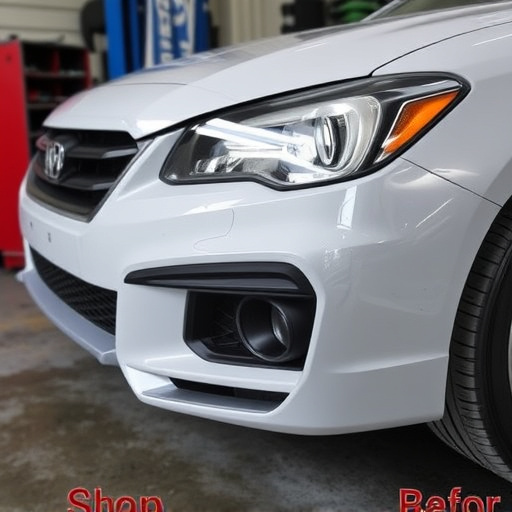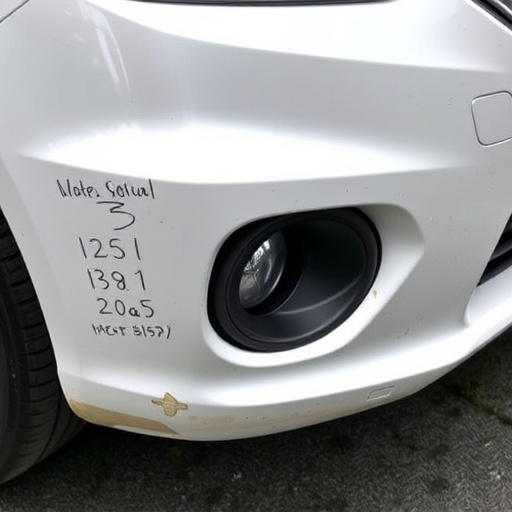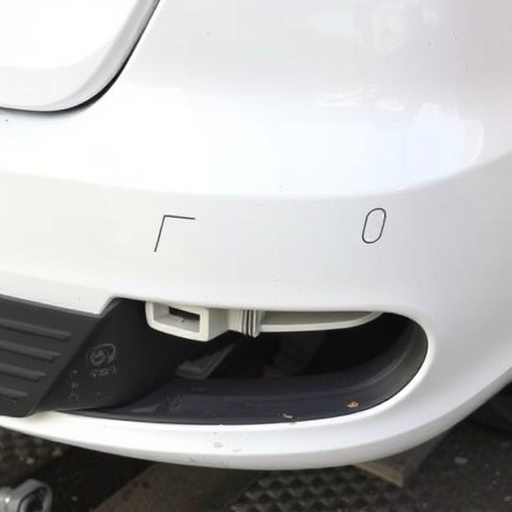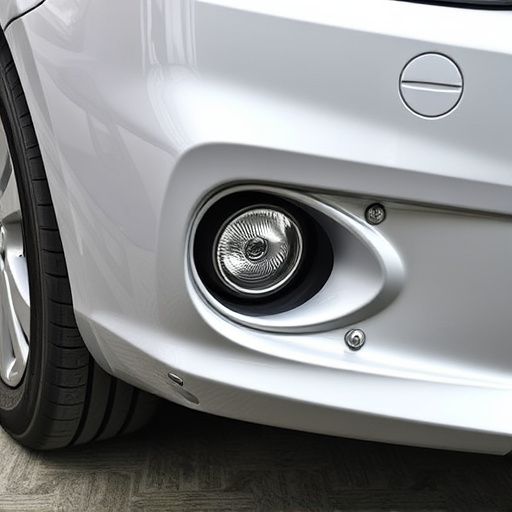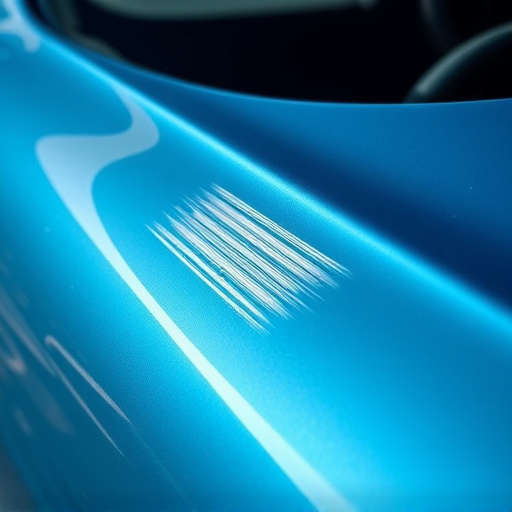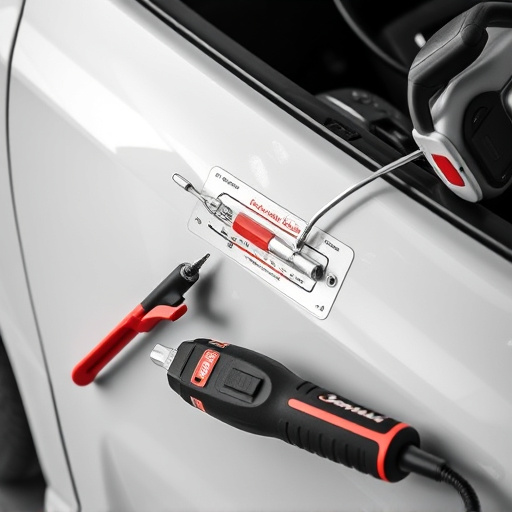Meticulous inspection of Tesla Model S front end components like bumpers, grilles, headlamps, and fenders is required for repairs, checking for damage, corrosion, or wear. Thermal management system (TMS) check-ups are vital to prevent heat-related damage, maintain optimal performance, and ensure long-term vehicle health. Effective Tesla Model S front end repair combines cosmetic integrity with efficient thermal dynamics, focusing on both visible issues and TMS functionality.
“Uncover the secrets behind maintaining your Tesla Model S with our comprehensive guide. We delve into the intricate world of front-end repairs, focusing on both structural components and the advanced thermal management system. From evaluating front-end parts to troubleshooting common issues, this article is your go-to resource. Learn how to identify and resolve problems efficiently, ensuring your Tesla remains in top condition. Discover the key steps for a successful Tesla Model S front end repair process.”
- Evaluating Tesla Model S Front End Components
- Thermal Management System: A Deep Dive
- Troubleshooting and Repairing Common Issues
Evaluating Tesla Model S Front End Components

When it comes to evaluating Tesla Model S front end components for potential repairs, a meticulous process is essential. This involves a thorough inspection of each part, from the front bumper and grille to the headlamps and fenders. Any signs of damage, corrosion, or wear are closely examined as these could indicate the need for replacement parts during a Tesla Model S front end repair.
For optimal performance and safety, paying attention to the thermal management system is crucial. This includes checking radiators, cooling fans, and heat exchangers for any leaks or blockages. Efficient thermal management ensures that the vehicle’s engine and electronic systems operate within safe temperature ranges, preventing damage from excessive heat during car repair services and enhancing overall vehicle longevity.
Thermal Management System: A Deep Dive
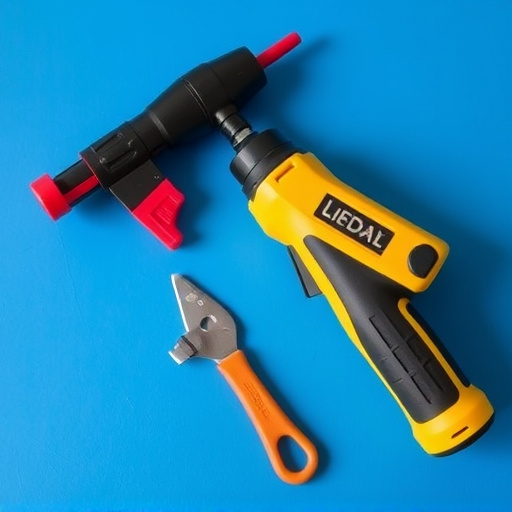
The Thermal Management System (TMS) is a critical component within the Tesla Model S, ensuring optimal performance and longevity of the vehicle’s front-end components. This system plays a vital role in managing the heat generated by various parts, particularly during intense driving conditions or when navigating through urban environments with frequent stop-and-go traffic. By efficiently regulating temperature, the TMS helps prevent damage to sensitive electronics and mechanical parts, ensuring they operate within their specified ranges.
A deep dive into the TMS reveals a sophisticated network of sensors, radiators, and fluid circuits designed to detect and respond to thermal fluctuations in real time. When temperatures rise beyond safe thresholds, the system automatically engages cooling mechanisms, such as activating additional fans or directing airflow from the vehicle’s A/C system. This proactive approach not only maintains ideal operating temperatures but also contributes to the overall efficiency and reliability of the Tesla Model S, making it a key aspect to consider during any Tesla Model S front end repair at a reputable auto body shop or auto repair shop.
Troubleshooting and Repairing Common Issues
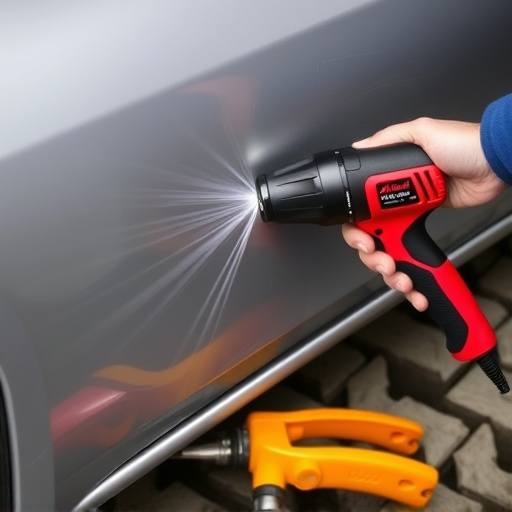
When it comes to troubleshooting and repairing common issues on a Tesla Model S, owners should be equipped with knowledge about the front end and its critical components. One of the primary areas to inspect is the vehicle’s thermal management system, as maintaining optimal temperatures ensures peak performance and longevity of electric vehicles. Regular checks for any leaks or blockages in the cooling system can prevent overheating and associated damage.
For front end repairs, common issues often include damaged bumpers and other cosmetic blemishes. Promptly addressing these problems not only enhances the vehicle’s aesthetics but also prevents further deterioration. Additionally, tire services should be considered as part of routine maintenance to ensure proper inflation and tread condition, contributing to safer driving experiences.
The journey through repairing and optimizing the Tesla Model S’s front end reveals a complex yet rewarding process. By understanding the intricate components and implementing effective thermal management, owners can significantly enhance their vehicle’s performance and longevity. With thorough evaluation, troubleshooting, and timely repairs, the Model S’s front end can be restored to its optimal state, ensuring a smoother and more efficient driving experience. For those tackling Tesla Model S front end repair, this guide offers a valuable roadmap for success.
